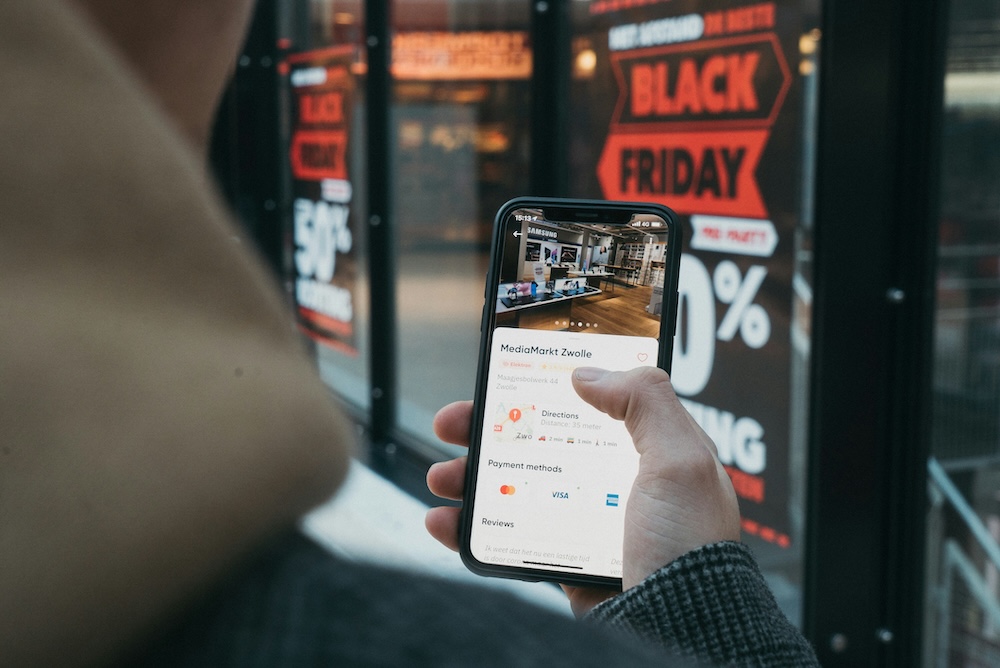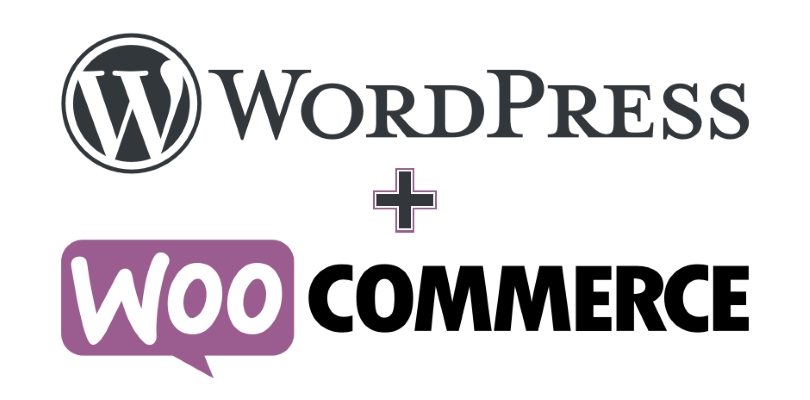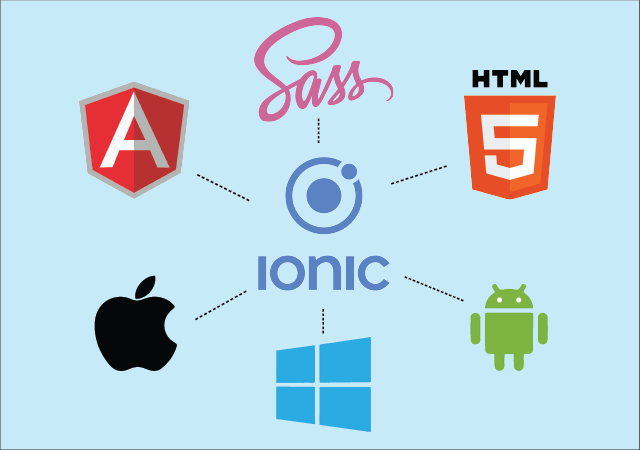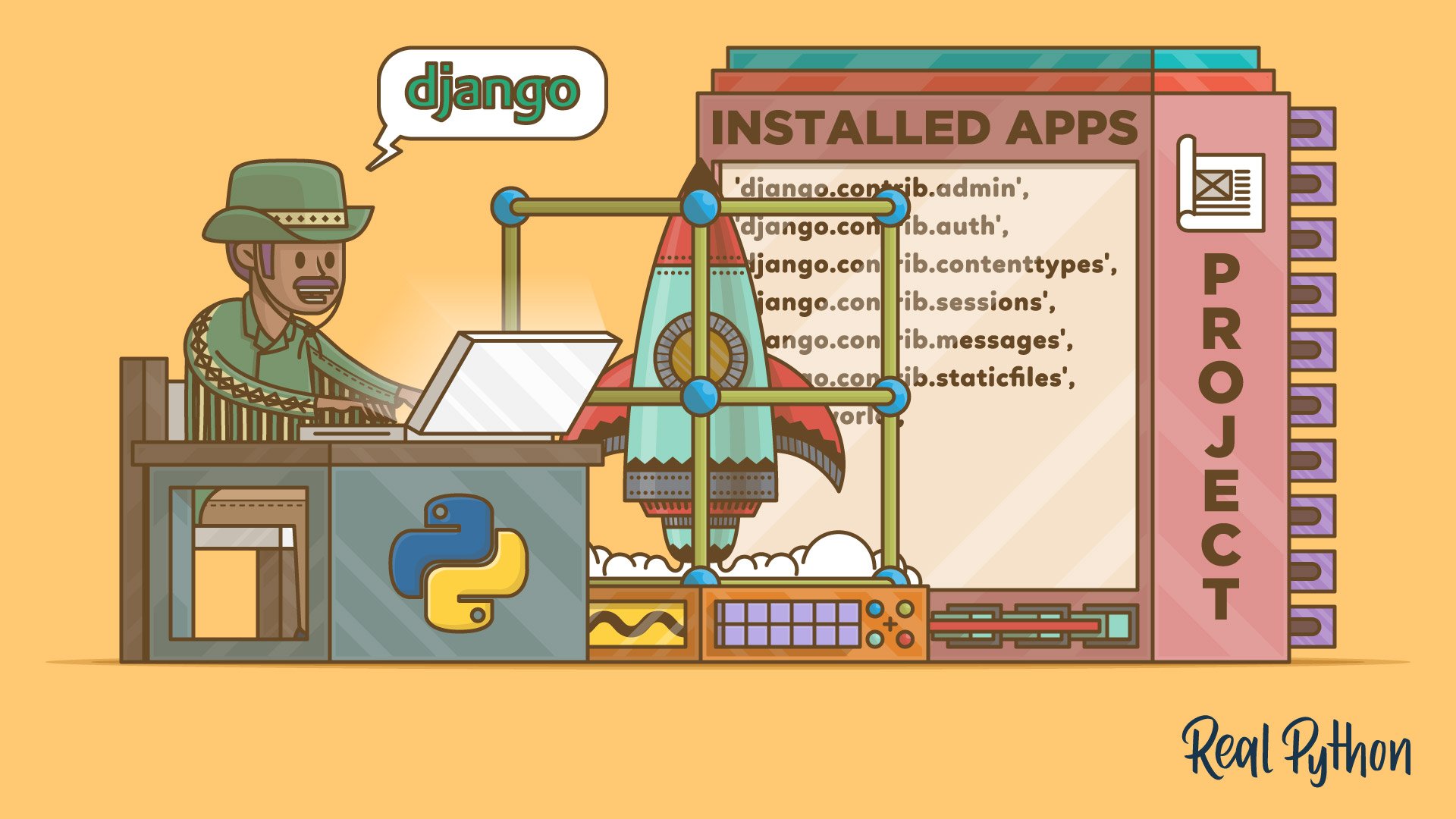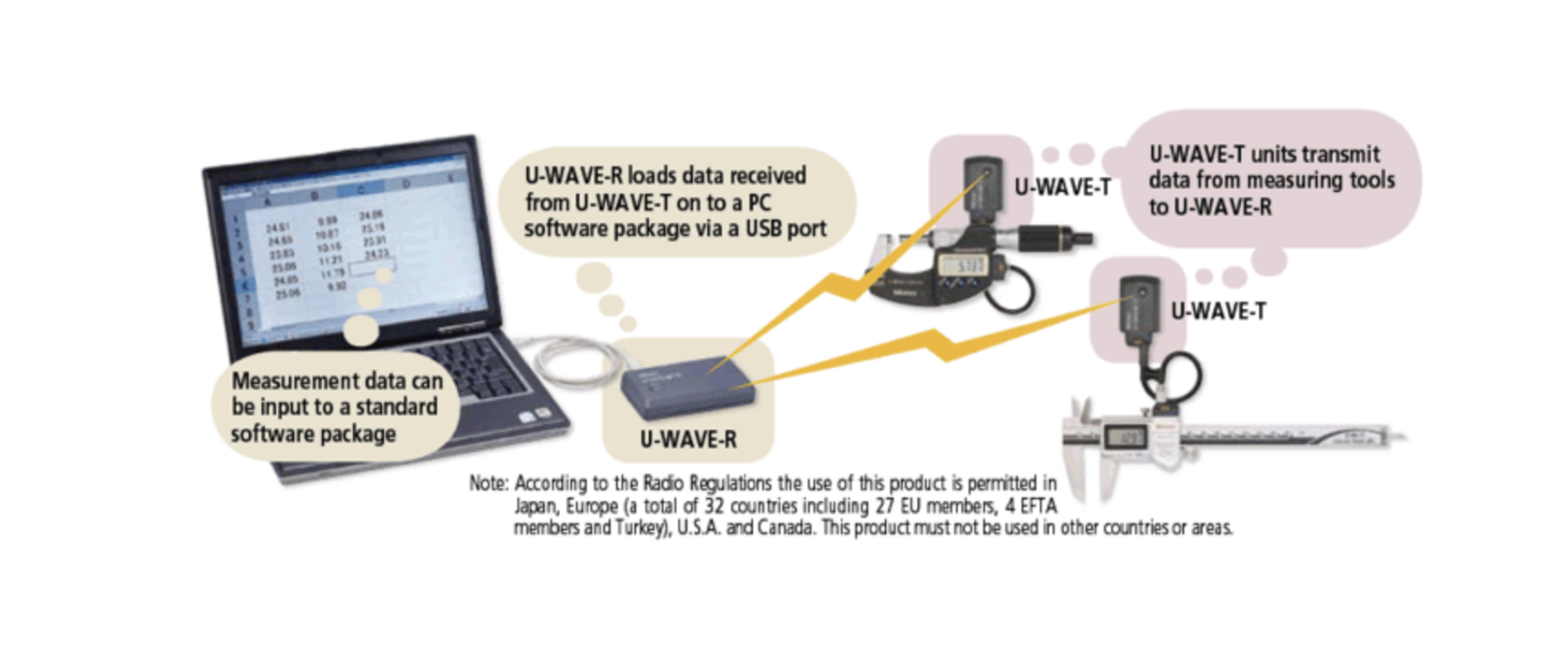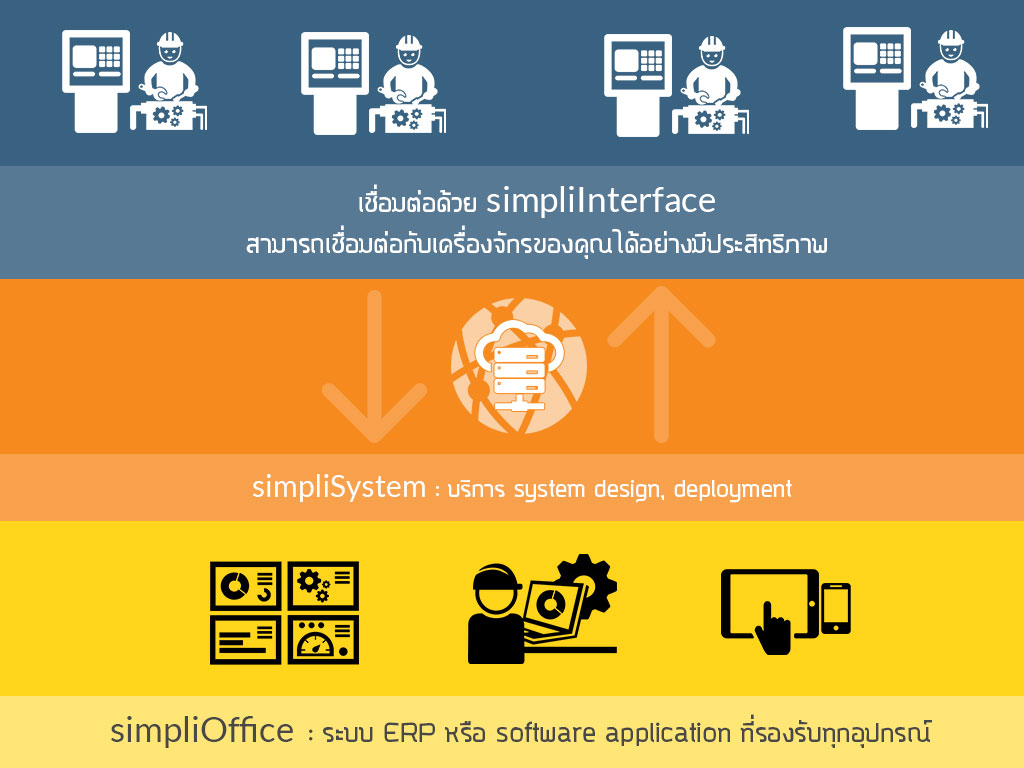How to Integrate App Authentication with an OCPP Central System
As EV charging infrastructure grows, user-friendly mobile apps and dashboards are essential. But how do you securely authenticate users in your app and link their actions to OCPP-connected chargers?
In this guide, we’ll show you how to build an app authentication system that works hand-in-hand with your OCPP central system (CSMS).
🧩 Architecture Overview
Components:
- Mobile App / Dashboard – Where users sign in and control charging
- Central System API (Flask) – REST API layer for users and admin actions
- OCPP WebSocket Server – Communicates with EVSEs via OCPP 1.6
- MongoDB – Stores users and charge point data
📊 Sequence Diagram: Start Charging via App
sequenceDiagram
participant User as Mobile App
participant API as Flask API Server
participant CSMS as OCPP Central System
participant EVSE as Charger (EVSE)
User->>API: POST /api/login (username, password)
API-->>User: JWT token + idTag
User->>API: POST /api/start_charging (evse_id, connector_id, token)
API->>CSMS: RemoteStartTransaction(idTag, connectorId)
CSMS->>EVSE: RemoteStartTransaction.req
EVSE-->>CSMS: RemoteStartTransaction.conf
CSMS-->>API: status = Accepted
API-->>User: {"status": "Accepted"}This flow ensures only authenticated users can trigger OCPP commands like RemoteStartTransaction.
🔑 1. User Authentication via JWT
We use Flask-JWT-Extended to handle token-based auth.
Setup
Install:
pip install flask flask-jwt-extended pymongo werkzeugFlask routes for signup and login:
@flask_app.route("/api/signup", methods=["POST"])
def signup():
...
token = create_access_token(identity=user["username"])
return jsonify(access_token=token, idTag=user["idTag"])
@flask_app.route("/api/login", methods=["POST"])
def login():
...
token = create_access_token(identity=user["username"])
return jsonify(access_token=token, idTag=user["idTag"])⚡ 2. Secure OCPP Action (Remote Start)
@flask_app.route("/api/start_charging", methods=["POST"])
@jwt_required()
def start_charging():
cp = connected_charge_points.get(evse_id)
payload = call.RemoteStartTransactionPayload(id_tag=id_tag, connector_id=connector_id)
future = asyncio.run_coroutine_threadsafe(cp.call(payload), main_loop)
result = future.result(timeout=10)
return jsonify({"status": result.status})🧠 Best Practices
- Hash passwords with
werkzeug.security - Use JWTs and set expiration
- Use
idTagconsistently across auth + OCPP - Restrict access by
role(user/admin/root) - Link
idTagto vehicles or accounts
🔧 Tools Used
| Tool | Purpose |
|---|---|
| Flask | REST API backend |
| Flask-JWT | Auth token generation |
| PyMongo | MongoDB access |
| asyncio | Concurrency + WebSocket calls |
| OCPP v1.6 | Communication with EVSEs |
🚀 Going Further
- Add QR-based pairing:
ocpp://CP001?connector=1 - Add firmware update + diagnostics features
- Build admin dashboard with user role control
Want the full source code or Postman test collection? Just ask!
Get in Touch with us
Related Posts
- 她的世界
- Her World
- Temporal × 本地大模型 × Robot Framework 面向中国企业的可靠业务自动化架构实践
- Building Reliable Office Automation with Temporal, Local LLMs, and Robot Framework
- RPA + AI: 为什么没有“智能”的自动化一定失败, 而没有“治理”的智能同样不可落地
- RPA + AI: Why Automation Fails Without Intelligence — and Intelligence Fails Without Control
- Simulating Border Conflict and Proxy War
- 先解决“检索与访问”问题 重塑高校图书馆战略价值的最快路径
- Fix Discovery & Access First: The Fastest Way to Restore the University Library’s Strategic Value
- 我们正在开发一个连接工厂与再生资源企业的废料交易平台
- We’re Building a Better Way for Factories and Recyclers to Trade Scrap
- 如何使用 Python 开发 MES(制造执行系统) —— 面向中国制造企业的实用指南
- How to Develop a Manufacturing Execution System (MES) with Python
- MES、ERP 与 SCADA 的区别与边界 —— 制造业系统角色与连接关系详解
- MES vs ERP vs SCADA: Roles and Boundaries Explained
- 为什么学习软件开发如此“痛苦” ——以及真正有效的解决方法
- Why Learning Software Development Feels So Painful — and How to Fix It
- 企业最终会选择哪种 AI:GPT 风格,还是 Gemini 风格?
- What Enterprises Will Choose: GPT-Style AI or Gemini-Style AI?
- GPT-5.2 在哪些真实业务场景中明显优于 GPT-5.1



